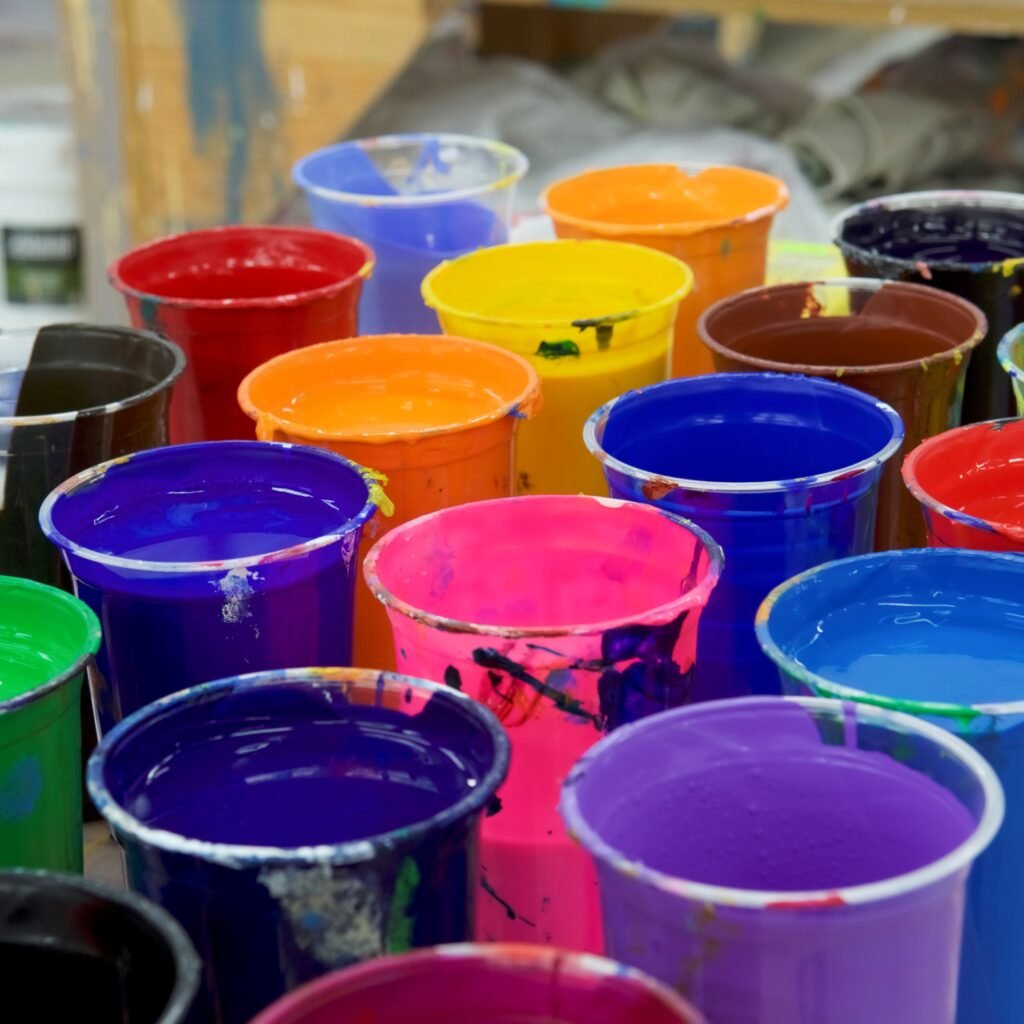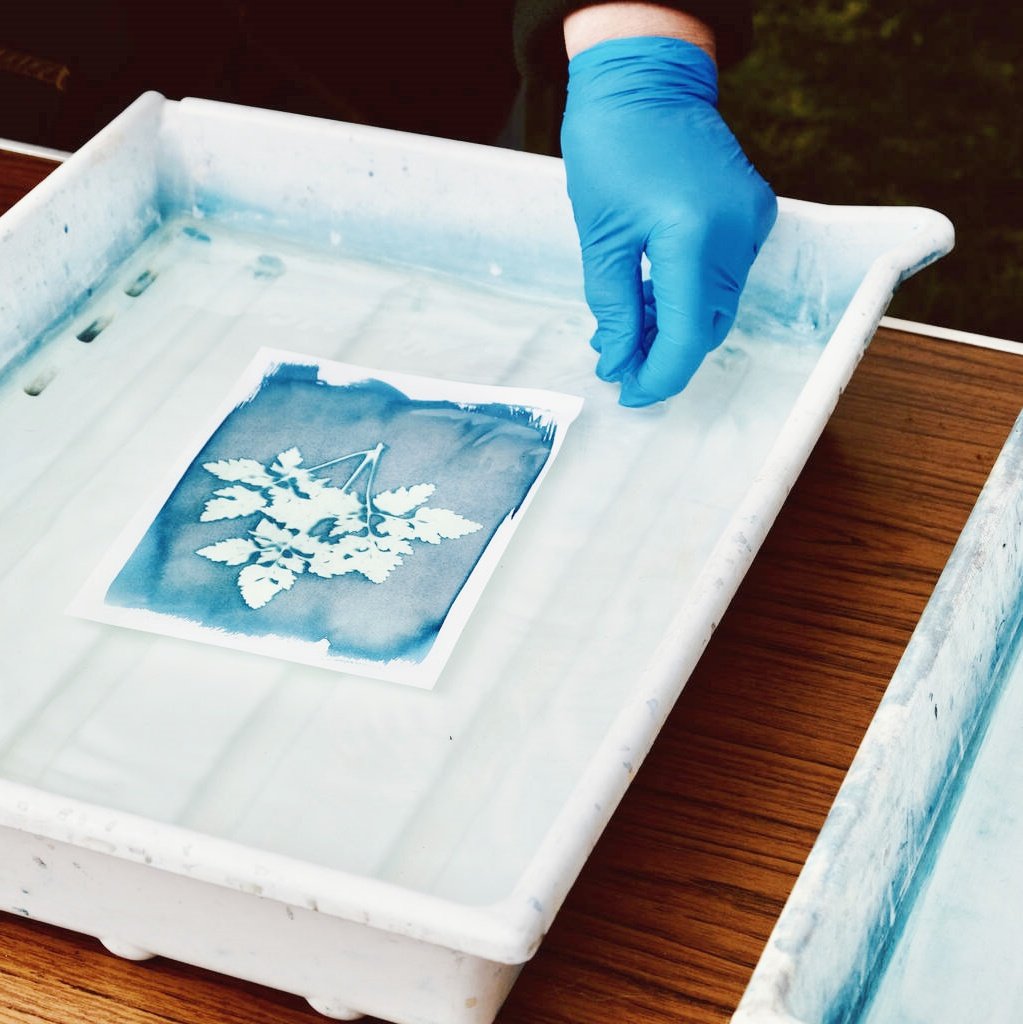In the printing industry, Plastisol Ink is highly favored for its vibrant colors, excellent coverage, and remarkable durability. Especially in the field of leather printing, the application of plastisol ink on leather is extensive. This article will delve into the durability of plastisol ink on leather, while briefly comparing its performance on metal, paper, rayon, and vinyl, to fully showcase the versatility and advantages of plastisol ink.
I. Basic Characteristics of Plastisol Ink
Plastisol ink is a type of ink composed of resins, pigments, plasticizers, and fillers. It has a paste-like consistency at room temperature and can flow and cure into a flexible film upon heating. This ink is widely used in various printing materials due to its good printing adaptability, color saturation, and wear resistance.
II. Durability of Plastisol Ink on Leather
2.1 Adhesion and Abrasion Resistance
Plastisol ink on leather demonstrates strong adhesion, firmly attaching to the leather surface and being difficult to peel off. This is attributed to the resin components in the plastisol ink, which can tightly bond with leather fibers to form stable chemical bonds. Additionally, the abrasion resistance of plastisol ink is exceptional, withstanding friction and wear from daily use while maintaining the clarity and integrity of the printed pattern.
2.2 Color Stability and Weather Resistance
Plastisol ink boasts excellent color stability, withstanding prolonged exposure to light and ultraviolet rays without easily fading. This means that leather products printed with plastisol ink can maintain their vibrant colors for a long time without aging. Simultaneously, plastisol ink has good weather resistance, adapting to various climatic conditions without cracking or deforming.
2.3 Environmental Protection and Safety
As environmental awareness increases, more consumers are paying attention to the environmental protection and safety of printing inks. Fortunately, plastisol ink performs well in this regard. It does not contain heavy metals or harmful solvents that are harmful to humans and complies with international environmental standards. Therefore, leather products printed with plastisol ink are not only durable but also safe and environmentally friendly, meeting the needs of modern consumers.
III. Comparison with Other Materials
To gain a more comprehensive understanding of the durability of plastisol ink, we can compare its printing effects with other materials.
3.1 Plastisol Ink on Metal
When printed on metal surfaces, plastisol ink also performs well. It can form a tough film that protects the metal surface from corrosion and scratches. However, compared to leather, the smoothness and hardness of metal surfaces may pose higher requirements for ink adhesion and abrasion resistance. Therefore, in metal printing, special primers or pretreatment processes may be required to improve ink adhesion and durability.
3.2 Plastisol Ink on Paper
Paper is another common printing material. Compared to leather and metal, paper has a softer and more ink-absorbent surface. Therefore, when printing with plastisol ink on paper, richer color layers and finer printing effects can be obtained. However, paper has relatively poor durability and is susceptible to moisture, tearing, and aging. Therefore, when selecting ink, it is necessary to consider the characteristics of the paper and the expected usage environment.
3.3 Plastisol Ink on Rayon
Rayon is a fiber material with softness and gloss. When printing with plastisol ink on rayon, good color coverage and vibrant color effects can be achieved. However, the smooth surface of rayon may affect ink adhesion. Therefore, during the printing process, it is necessary to control the viscosity and drying speed of the ink to ensure that it firmly adheres to the rayon surface.
3.4 Plastisol Ink on Vinyl
Vinyl is a material widely used in packaging, advertising, and interior decoration. When printing with plastisol ink on vinyl, good abrasion resistance and weather resistance can be obtained. The smooth and elastic surface of vinyl allows the plastisol ink to form a tight film, protecting the printed pattern from external factors. However, vinyl may release harmful gases at high temperatures, so environmental factors need to be considered when selecting ink.
IV. Factors Affecting the Durability of Plastisol Ink Printing on Leather
Although plastisol ink performs well in leather printing, its durability is still affected by multiple factors.
4.1 Ink Quality
Ink quality is a key factor affecting its durability. High-quality plastisol ink has better adhesion and abrasion resistance, maintaining the clarity and integrity of the printed pattern over time. Therefore, when selecting ink, it is necessary to pay attention to its composition, viscosity, and drying speed.
4.2 Printing Process
The printing process is also an important factor affecting the durability of plastisol ink printing on leather. The correct printing process ensures that the ink evenly adheres to the leather surface, forming a stable film. At the same time, appropriate drying and curing conditions can improve the abrasion resistance and weather resistance of the ink.
4.3 Leather Type and Quality
The type and quality of leather also affect the durability of plastisol ink. Different types of leather have different fiber structures and surface characteristics, which may result in differences in ink adhesion and abrasion resistance. Therefore, when selecting leather, it is necessary to consider its characteristics and the expected usage environment.
V. Practical Application Cases
To more intuitively understand the durability of plastisol ink in leather printing, we can refer to some practical application cases. For example, in the printing of car seats and interiors, plastisol ink is widely used in leather material printing. These seats and interiors need to withstand prolonged use and wear, but the patterns printed with plastisol ink remain clear and intact. In addition, plastisol ink is also widely used in the printing of leather products in the fashion accessory and home decoration industries, adding unique colors and textures to these products.
Conclusion
In summary, plastisol ink performs exceptionally well in leather printing, with outstanding durability, color stability, and environmental protection. Compared to other materials, plastisol ink demonstrates superior adhesion and abrasion resistance on leather, meeting the demands of prolonged use and wear. Meanwhile, by optimizing ink quality, printing processes, and leather types, the durability of plastisol ink printing on leather can be further improved. Therefore, for manufacturers and designers who require high-quality printed leather products, plastisol ink is undoubtedly a trustworthy choice.


